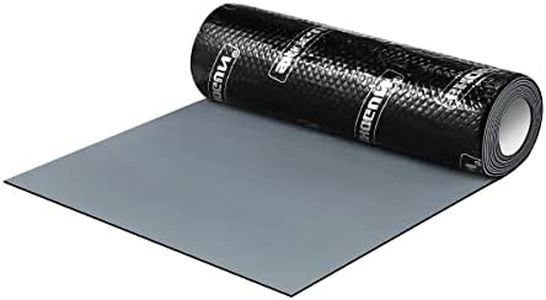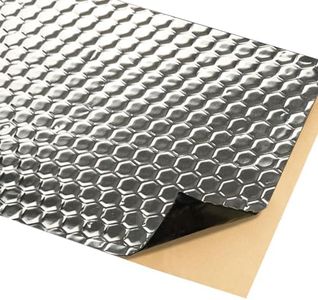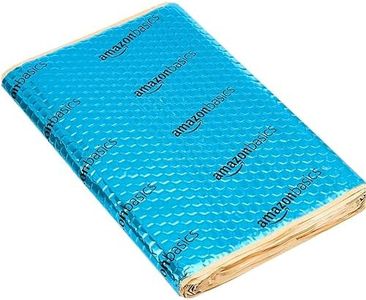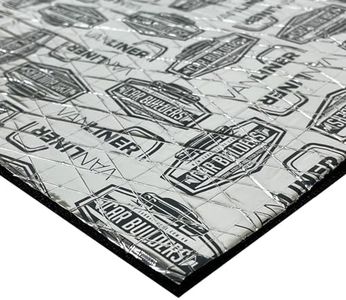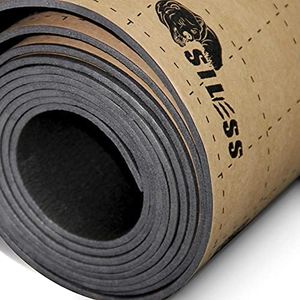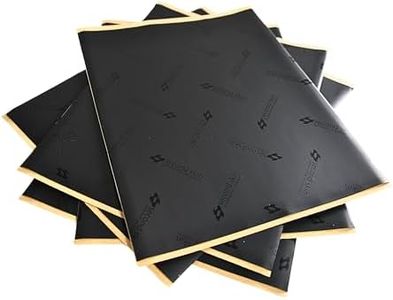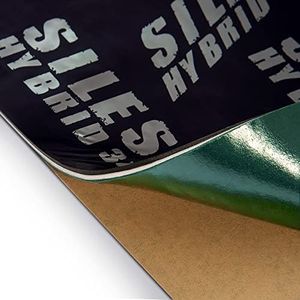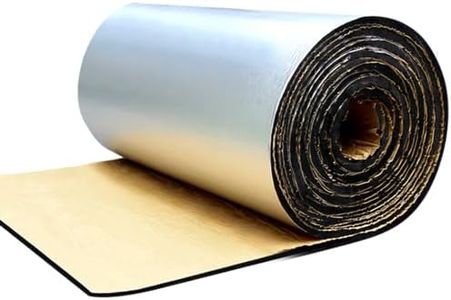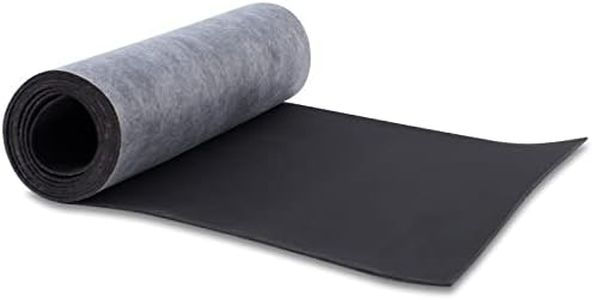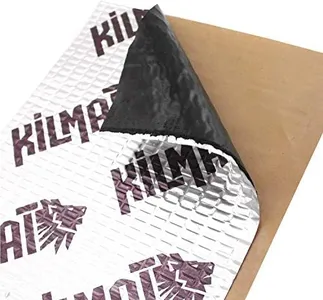We Use CookiesWe use cookies to enhance the security, performance,
functionality and for analytical and promotional activities. By continuing to browse this site you
are agreeing to our privacy policy
10 Best Sound Deadeners
From leading brands and best sellers available on the web.Buying Guide for the Best Sound Deadeners
Choosing the right sound deadener can make a big difference in how quiet and comfortable your car, room, or workspace feels. The main purpose of these products is to reduce unwanted noise by absorbing or blocking sound, making your environment more enjoyable. Since sound deadeners come in various materials, thicknesses, and formats, it’s important to consider what type of noise you want to reduce and how much coverage you need. Think about where you’ll apply the sound deadener, such as car doors, floors, walls, or ceilings, and how easy it is to install. Focusing on a few key features will help you find the option that best matches your needs.Material TypeMaterial type refers to what the sound deadener is made of, such as butyl rubber, asphalt, foam, or composite materials. Different materials have different properties in terms of sound blocking, absorption, and heat resistance. Butyl rubber is popular for its effectiveness and lack of smell, while asphalt-based options can be cheaper but may emit odors, especially in hot climates. Foam deadeners tend to work better for absorbing echoes rather than blocking outside noise. The right choice here depends on whether you’re aiming to block road noise, absorb internal sounds, or need a combination of both.
ThicknessThickness tells you how deep the material is, typically measured in millimeters (mm) or inches. Generally, thicker materials provide better sound insulation because they block more noise, but they can also be harder to install in tight spaces. For car doors or headliners, a thinner material might be easier to fit, while for floors or large panels, a thicker deadener is usually more effective. Think about the amount of space you have and the level of noise you want to reduce; choose thicker options if high noise reduction is your goal, and thinner if installation space is limited or less soundproofing is needed.
Coverage AreaCoverage area refers to how much surface you can cover with the packaging you buy, usually measured in square feet or square meters. Sound deadeners are often sold in sheets or rolls, so knowing the total area you plan to treat helps you buy the right amount. For full car coverage or an entire room, you’ll need more material than if you’re just targeting specific problem spots. Measure your space first, then match your purchase to that size, keeping in mind some extra for errors or overlaps.
Adhesive QualityAdhesive quality describes how well the deadener sticks to surfaces without peeling off. Some products have peel-and-stick backings, while others require separate glue or prep work. Good adhesive ensures the material stays in place through temperature changes, vibrations, and humidity. If you expect big temperature swings or lots of movement, look for a product known for strong long-lasting stickiness, especially for cars or attics.
Heat ResistanceHeat resistance refers to how well the sound deadener stands up to high temperatures, which is especially important for car interiors or attics where it can get really hot. Materials that can withstand higher temperatures without melting, smelling, or losing their shape will maintain their performance over time. If you live in a hot climate or plan to apply the product near engines or roofs, prioritize high heat resistance.
WeightWeight reflects how heavy the sound deadener is per sheet or square area, and it impacts installation and the overall load. Heavy materials can offer better sound-dampening, but they may not suit every application, such as doors where extra weight could affect hinges or operation. If you’re sensitive to adding extra weight (such as in race cars or attic ceilings), choose lighter materials that still offer good noise reduction.
Ease of InstallationEase of installation refers to how simple and quick the product is to apply. Some sound deadeners are flexible and easy to cut into custom shapes, with clear instructions and simple adhesive systems. Others may be stiffer, need special tools, or require surface preparation. If you’re a beginner or want a straightforward project, aim for a user-friendly material that doesn’t need much extra preparation.

